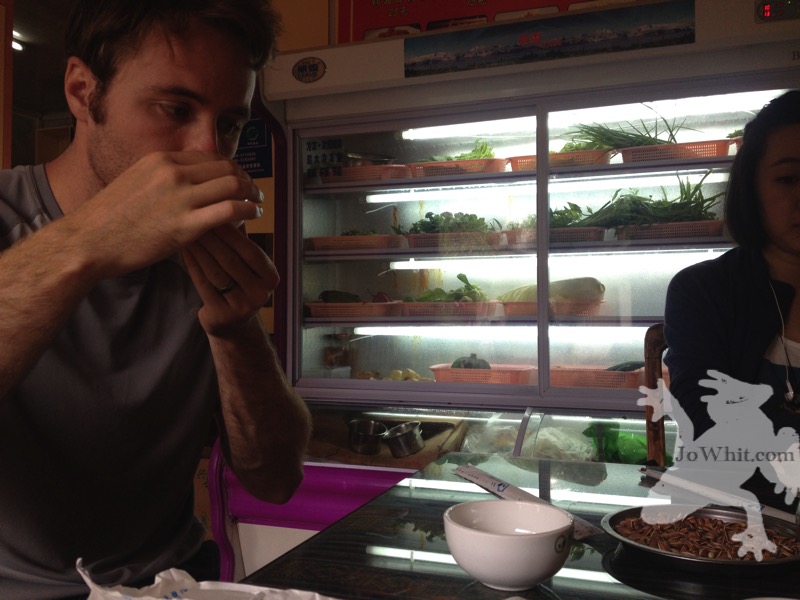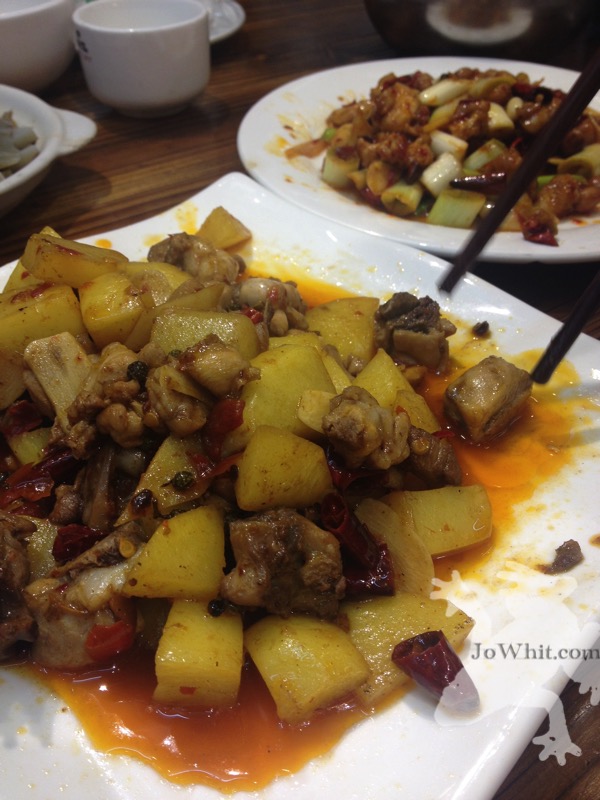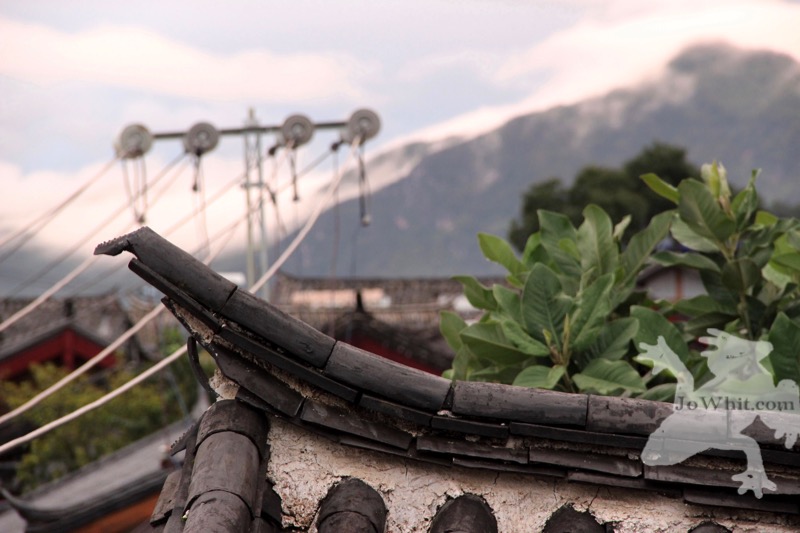Lijiang is one of the oldest preserved towns in China and fortunately for us, is only a quick flight away from the provincial capital. We left Kunming in the evening so that when we arrived it would be even more difficult to navigate the old streets. We’re just those kind of adventurers, I guess. Either that or we’re just bad planners… People who are so into the moment that they neglect future moments? …Which is to say, procrastinators. Like I said, we’re adventures like that.
If I had time, I’d thrill you with tales of all the times I’ve hiked the Grand Canyon in the dark, road tripped in the dark, or about the time we flew into Tokyo in the dark but it’d probably be too thrilling.
So back to 800 year old Lijiang, which luckily, was used to time passing because it took us about 800 years to find our hostel among those dark narrow streets – and that was with having a native speaker along. At the time I couldn’t believe how complicated the old city must be if our fluent friend was having that much trouble.
Like many places all over the world, opportunists have noticed that people like to see the local, the ancient, and the traditional. So they mass produce it and sell it to outsiders at a modern, non-traditional price. In fact, there’s even a $13 tourist fee just for seeing sites in Lijiang.
Trip Advisor reviews had warned me that it was a tourist trap. But it is legitimately old and my aesthetic was so tired of modern concrete that old wood and stone – even at the peril of peddlers – sounded awfully pleasant. Some walked into the trap.
As advertised, the old buildings did display the beauty of the old China I’d seen in photos: cobblestone allies lined with low, sturdy stone buildings with thick wooden doors and tiled roofs; the whole scene softly illuminated at dusk by old lanterns. Sometimes, in a quieter alley or once the shops had closed for the night, I could begin to imagine how it was hundreds of years before. I had no idea Pizza Hut went back that far. Though, to be honest, I was a little skeptical about the McDonalds; I’m pretty sure the electric arches weren’t original; they weren’t even real gold. Seriously, it was like they weren’t even trying very hard to trick us. Oh well.
But then in the morning the shops reopened, the crowds piled back in, and modern life picked up right where it had left off the night before. As predicted, the shops all repeated the same popular items: scarfs, silver and bead jewelry, Buddhist symbols, and bongo drums (never figured that one out).
I bought two of those scarves. It’s disappointing for a person to realize that they’re just a tourist too.



















